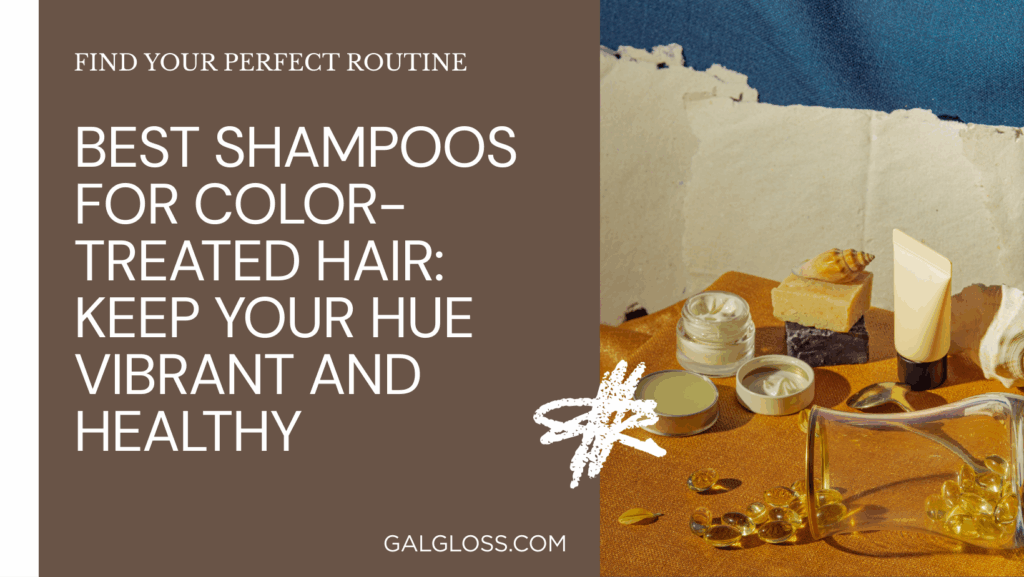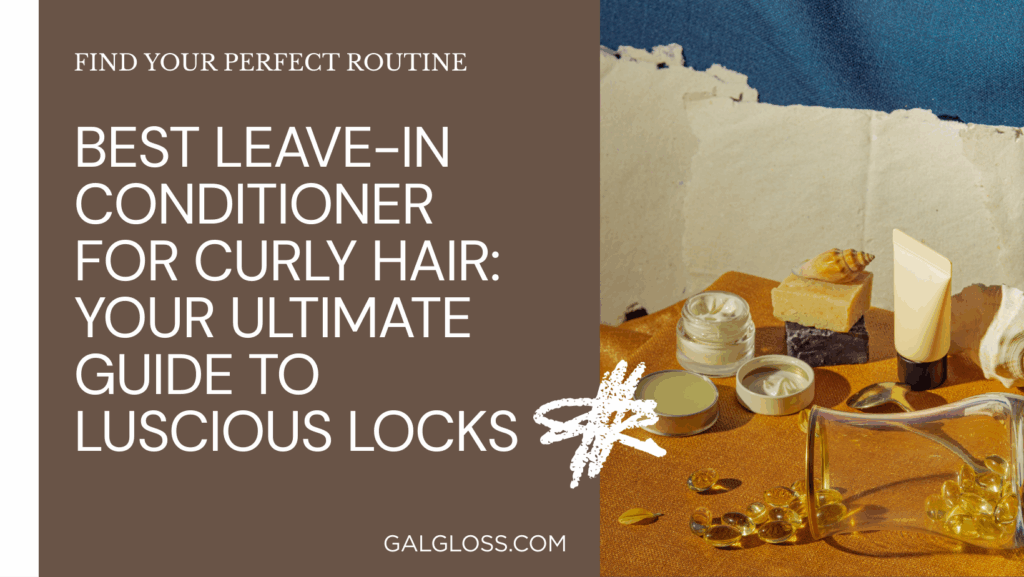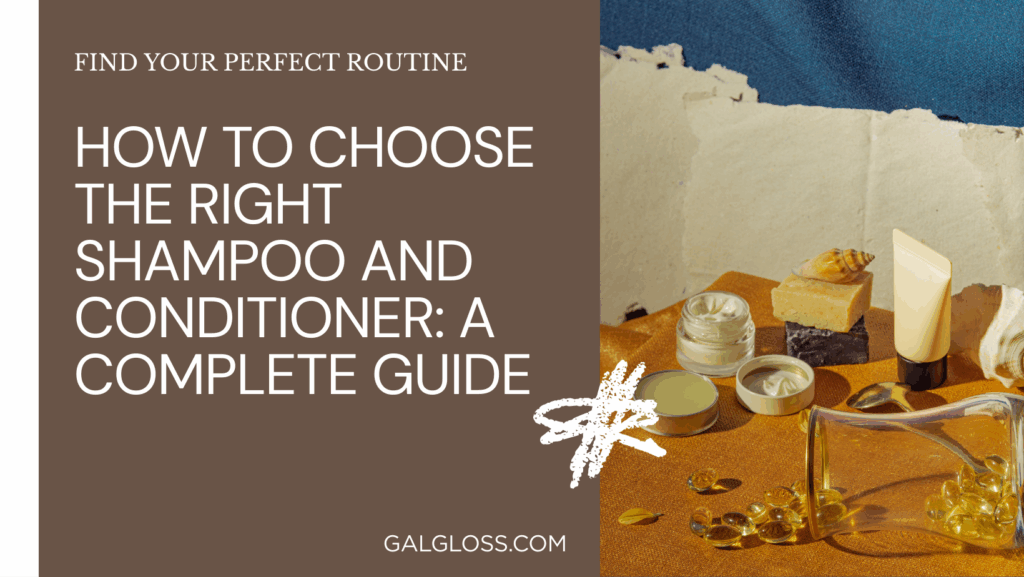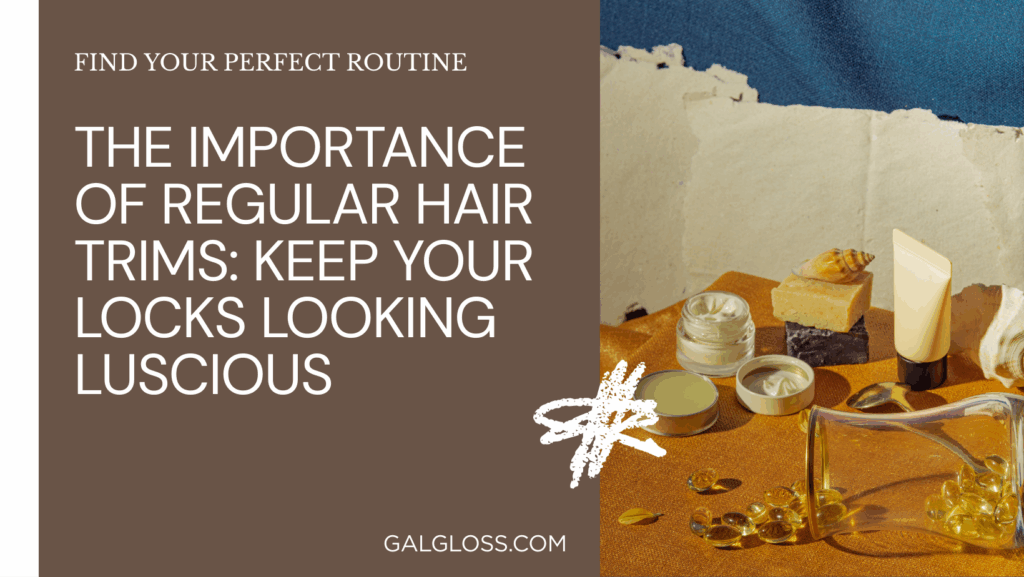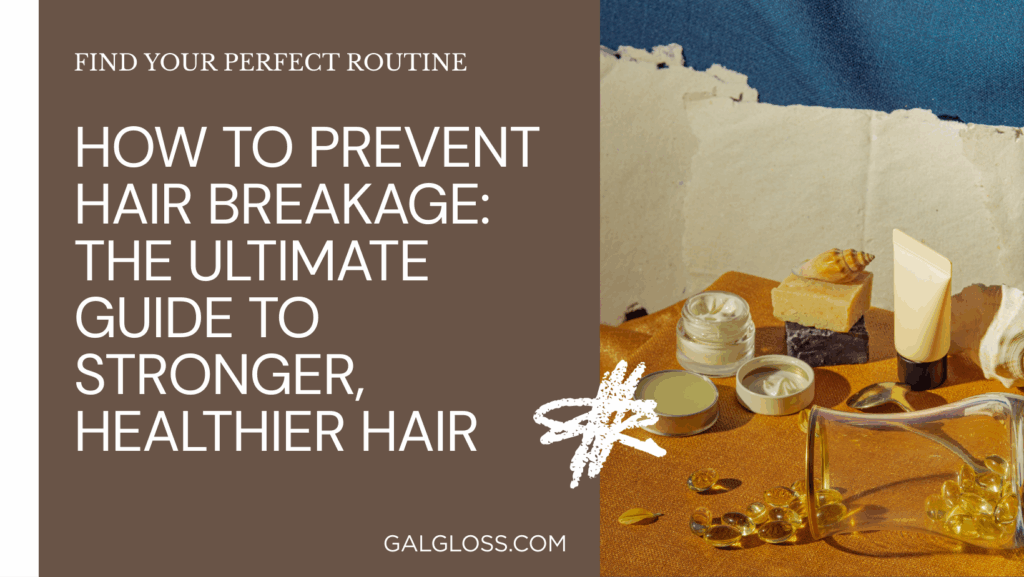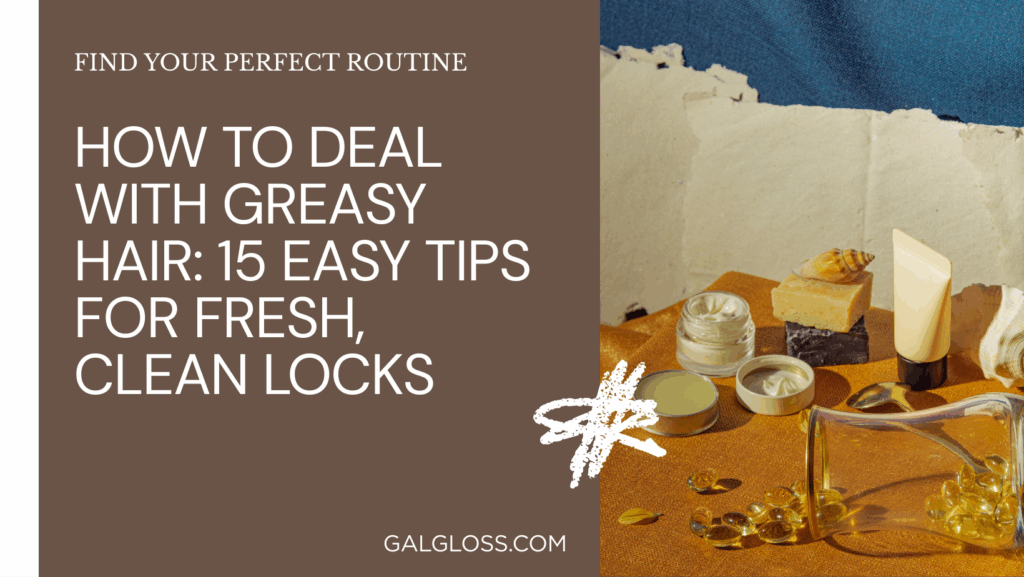Hey there, fellow hair enthusiasts! Ever wondered why your friend’s hair looks like it belongs in a shampoo commercial while yours… well, let’s just say it’s seen better days? The secret might be simpler than you think: hair masks.
Introduction
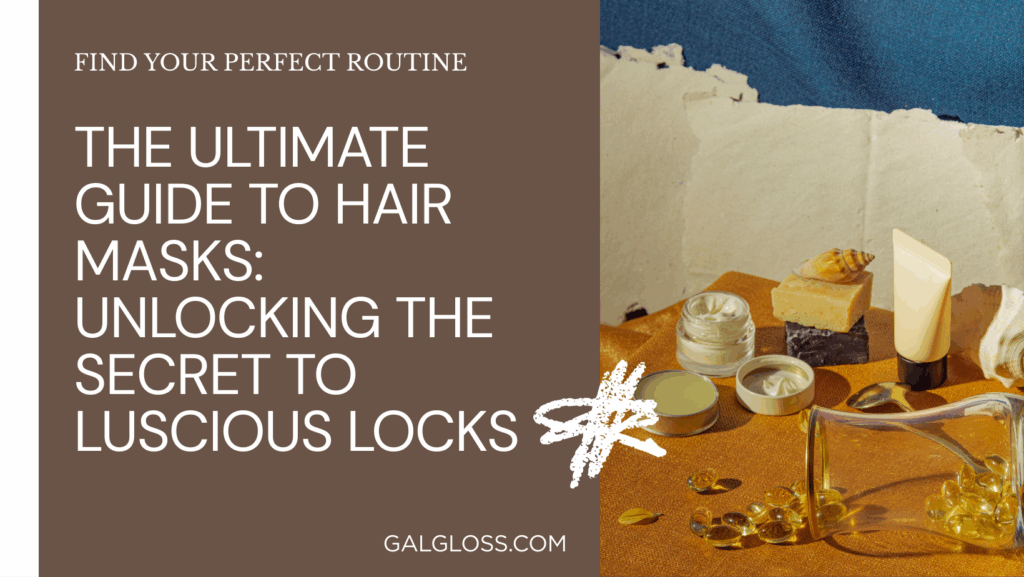
Picture this: you’re standing in the hair care aisle, staring at a sea of products. Shampoos, conditioners, and wait… what’s that? Hair masks? If you’re scratching your head (carefully, mind you – we don’t want to cause more damage!), you’re not alone. Let’s demystify these little jars of hair magic, shall we?
What are hair masks, anyway?
Think of a hair mask as a superhero cape for your locks. It’s like a conditioner on steroids – a deep conditioning treatment that goes above and beyond your regular hair care routine. These concentrated formulas are packed with nourishing ingredients that penetrate deep into your hair shaft, giving your tresses some serious TLC.
Why should you care?
Now, you might be thinking, “I already use conditioner. Why bother with a mask?” Well, my friend, that’s like saying, “I drink water, so why do I need a smoothie?” Sure, water’s great, but sometimes you need that extra boost of nutrients. Same goes for your hair.
Hair masks are important because they:
- Provide intense hydration
- Repair damage from heat styling and chemical treatments
- Strengthen hair to prevent breakage
- Improve hair texture and manageability
- Promote a healthier scalp (which means better hair growth!)
In today’s world of heat styling, chemical processes, and environmental stressors, our hair is constantly under attack. It’s like sending a soldier into battle with just a t-shirt. Hair masks are the armor your hair needs to fight back against damage and emerge victorious (and fabulous).
The Science Behind Hair Masks
Let’s get a bit nerdy for a second. Your hair is made up of three layers: the cuticle (outer layer), cortex (middle layer), and medulla (innermost layer). When your hair is damaged, the cuticle lifts, leaving the inner layers exposed and vulnerable. Enter hair masks!
How hair masks work
Hair masks work by coating your strands with nourishing ingredients that penetrate the hair shaft. They smooth down the cuticle, sealing in moisture and nutrients. It’s like giving your hair a big, protective hug.
Types of hair damage
- Heat damage: From flat irons, curling wands, and blow dryers
- Chemical damage: Think hair dye, bleach, and perms
- Environmental damage: Sun exposure, pollution, and hard water
- Mechanical damage: Brushing, tight hairstyles, and rough towel-drying
Different hair masks target different types of damage. For example, protein treatments help repair chemical and heat damage, while moisturizing masks combat dryness and frizz.
Benefits of Using Hair Masks
- Hydration and moisture: Say goodbye to dry, brittle hair! Hair masks infuse your strands with much-needed moisture.
- Strengthening and repair: They can help reduce breakage and split ends by fortifying your hair from within.
- Improved texture and manageability: Ever wish your hair was softer and easier to style? Hair masks can make that dream a reality.
- Scalp health: Many masks nourish your scalp, promoting better hair growth and reducing issues like dandruff.
- Hair growth promotion: While they can’t make your hair grow faster, healthy hair grows better. By improving overall hair health, masks set the stage for optimal growth.
Types of Hair Masks
Store-bought vs. DIY
You’ve got two main options: grab a mask off the shelf or whip one up in your kitchen. Store-bought masks are convenient and often formulated by hair care experts. DIY masks, on the other hand, let you control exactly what goes into your hair and can be more budget-friendly.
Ingredients to look for
- Coconut oil: Great for hydration and reducing protein loss
- Argan oil: Packed with antioxidants and great for shine
- Keratin: Helps strengthen and repair damaged hair
- Biotin: Promotes hair growth and overall hair health
- Avocado oil: Rich in vitamins and great for moisturizing
Masks for different hair types and concerns
- Dry hair: Look for ingredients like shea butter and glycerin
- Oily hair: Clay-based masks can help absorb excess oil
- Color-treated hair: Seek out masks with UV protection and color-safe formulas
- Curly hair: Opt for extra-moisturizing masks with ingredients like coconut oil and aloe vera
How to Choose the Right Hair Mask
Choosing a hair mask isn’t a one-size-fits-all deal. It’s like finding the perfect pair of jeans – it takes a bit of trial and error.
Assessing your hair type and needs
Is your hair:
- Fine or thick?
- Straight, wavy, or curly?
- Oily, dry, or combination?
- Color-treated or natural?
- Damaged or relatively healthy?
Your answers will guide you towards the right mask.
Reading labels and understanding ingredients
Don’t be fooled by fancy packaging! Flip that jar over and read the ingredients list. Look for natural oils, proteins, and vitamins. Avoid harsh chemicals like sulfates and parabens.
Considering your budget and lifestyle
Hair masks range from budget-friendly to “I might need to skip lunch for a week.” Consider how often you’ll use the mask and what you’re comfortable spending. Remember, expensive doesn’t always mean better!
How to Apply a Hair Mask
Ready to mask up? Here’s your step-by-step guide:
- Start with clean, damp hair
- Section your hair for even application
- Apply the mask from mid-length to ends (unless it’s specifically for your scalp)
- Comb through to distribute evenly
- Cover with a shower cap or warm towel
- Leave on for the recommended time (usually 10-30 minutes)
- Rinse thoroughly with cool water
- Style as usual and admire your fabulous hair!
Frequency of use
Most masks can be used once a week, but this can vary based on your hair type and the mask’s ingredients. If you have very dry or damaged hair, you might benefit from twice-weekly applications.
Common mistakes to avoid
- Using too much product (more isn’t always better!)
- Leaving the mask on for too long (yes, there is such a thing)
- Applying to your roots if you have fine or oily hair
- Not rinsing thoroughly (hello, greasy hair!)
DIY Hair Mask Recipes
Want to play kitchen beautician? Try these simple recipes:
For dry and damaged hair
- 1 ripe avocado
- 2 tablespoons honey
- 2 tablespoons olive oil Mash and mix ingredients, apply to damp hair, leave for 30 minutes, then rinse.
For oily hair
- 1 egg white
- Juice of 1 lemon
- 1 tablespoon honey Whisk ingredients together, apply to scalp and hair, leave for 15 minutes, then rinse.
For color-treated hair
- 1/4 cup mayo
- 1 tablespoon coconut oil
- 5 drops lavender essential oil Mix ingredients, apply to hair, leave for 20 minutes, then rinse.
Hair Mask vs. Regular Conditioner
Think of conditioner as your daily multivitamin and hair masks as your hardcore workout supplement. Here are the key differences:
| Hair Mask | Regular Conditioner |
| Used 1-2 times a week | Used with every wash |
| Left on for 10-30 minutes | Rinsed out after 1-3 minutes |
| Deep penetrating formula | Surface-level moisturizing |
| Targets specific hair concerns | General hair maintenance |
Use your regular conditioner for day-to-day hair health, and break out the mask when your hair needs some extra love.
Incorporating Hair Masks into Your Hair Care Routine
Creating a balanced routine is key. Here’s a sample weekly schedule:
- Sunday: Wash, deep clean, apply hair mask
- Wednesday: Regular wash and condition
- Daily: Light styling as needed
Remember to adjust based on your hair’s needs and your lifestyle.
Seasonal considerations
Your hair has different needs throughout the year:
- Winter: Focus on moisturizing to combat dry indoor heat
- Summer: Look for UV protection and extra hydration
- Spring/Fall: Balancing and repairing as the weather changes
Combining with other hair treatments
Hair masks play well with others! Try:
- Pre-shampoo oil treatment + hair mask
- Hair mask + leave-in conditioner
- Scalp scrub + hair mask
Just be careful not to overload your hair with too many products at once.
Frequently Asked Questions
Q: Can you leave a hair mask on overnight? A: While some masks are designed for overnight use, most should be rinsed out after 30 minutes max. Leaving them on too long can lead to over-moisturized, limp hair.
Q: Are expensive hair masks worth it? A: Not necessarily. What matters most is the ingredients and how they suit your hair type. Sometimes, a DIY mask can be just as effective as a pricey option.
Q: Can men use hair masks? A: Absolutely! Hair is hair, regardless of gender. Men can benefit just as much from the nourishing effects of hair masks.
Q: How long does it take to see results? A: You might notice softer, shinier hair after just one use. However, for more significant improvements in hair health, give it at least a month of consistent use.
Conclusion
Whew! We’ve covered a lot of ground, haven’t we? From the science behind hair masks to DIY recipes, you’re now armed with all the knowledge you need to give your hair the TLC it deserves.
Remember, healthy hair isn’t just about looking good (though that’s a nice bonus!). It’s about taking care of yourself, showing yourself some love, and feeling confident in your own skin (and strands).
So, are you ready to join the hair mask revolution? Your future self – with soft, shiny, commercial-worthy hair – will thank you. Now go forth and mask, my friend! Your hair’s glow-up journey starts now.
P.S. Don’t forget to have fun with it! Hair care should be enjoyable, not a chore. Put on some music, light a candle, and make your hair mask time a mini spa moment. You deserve it!
